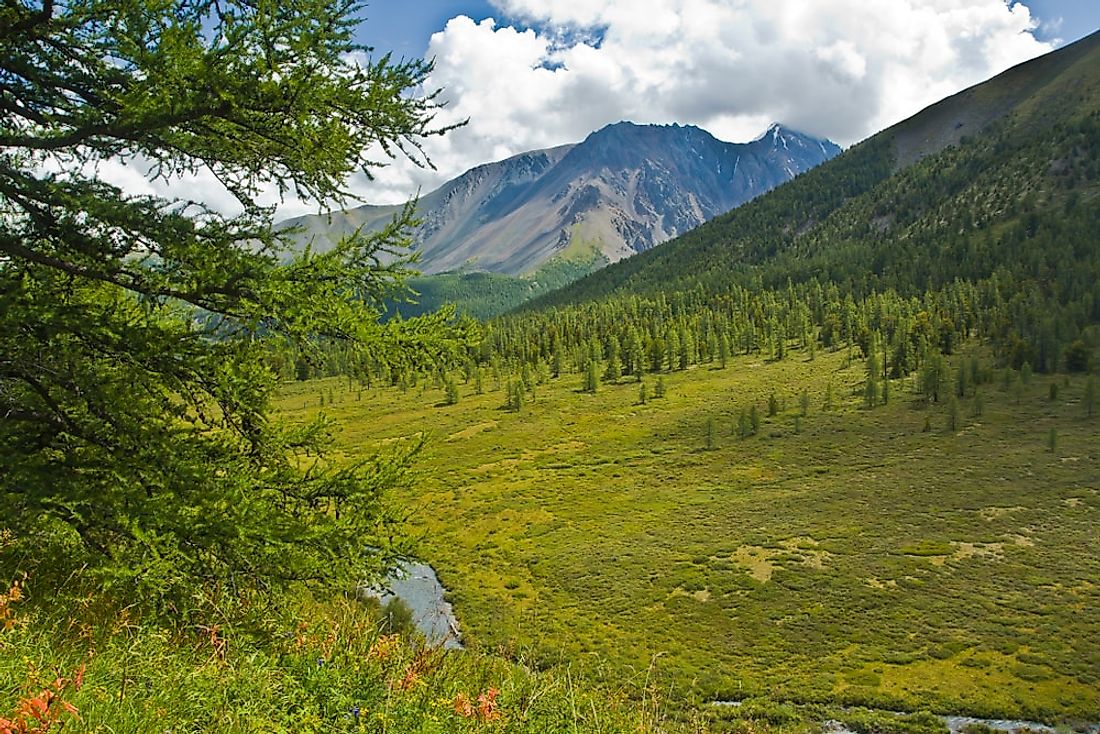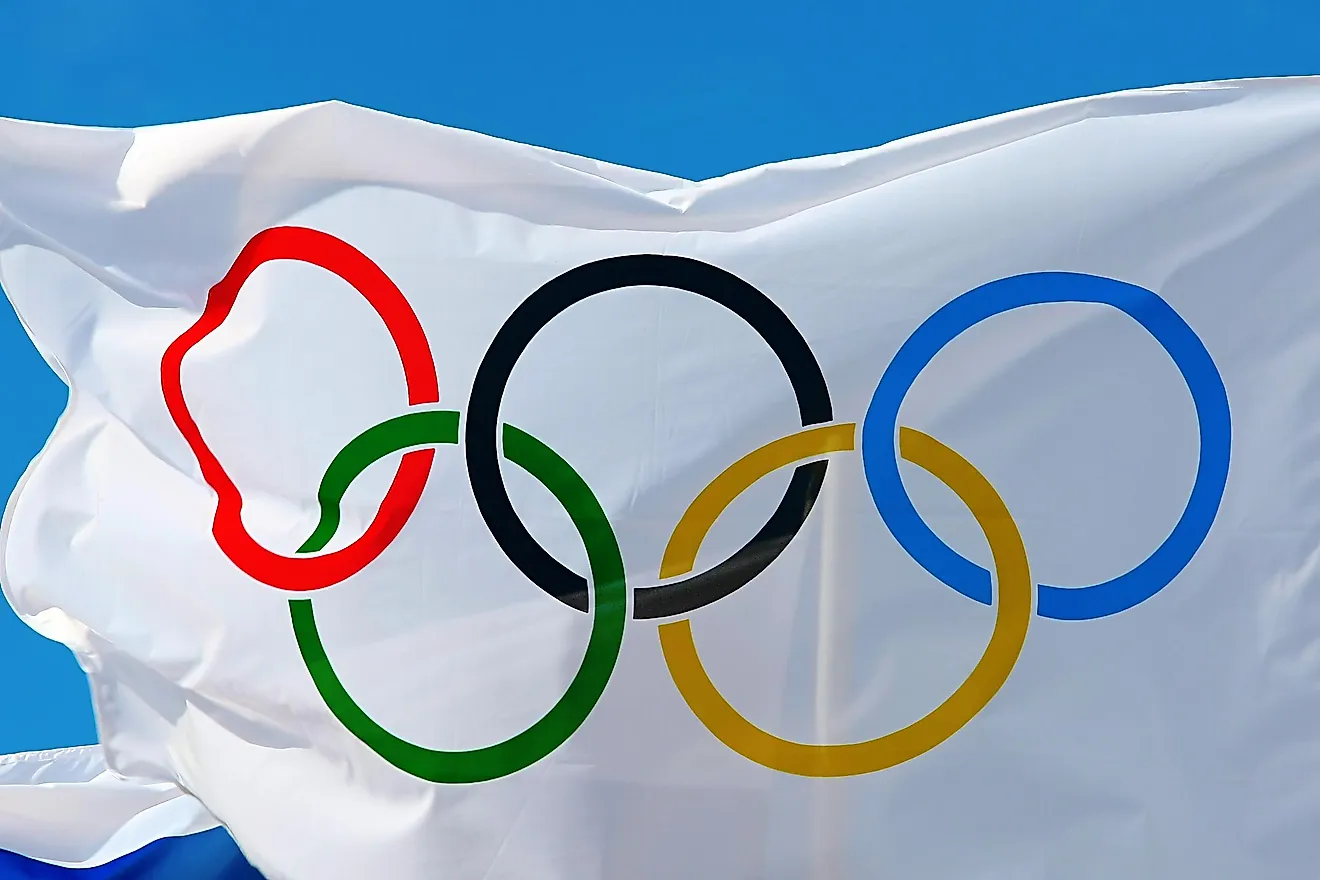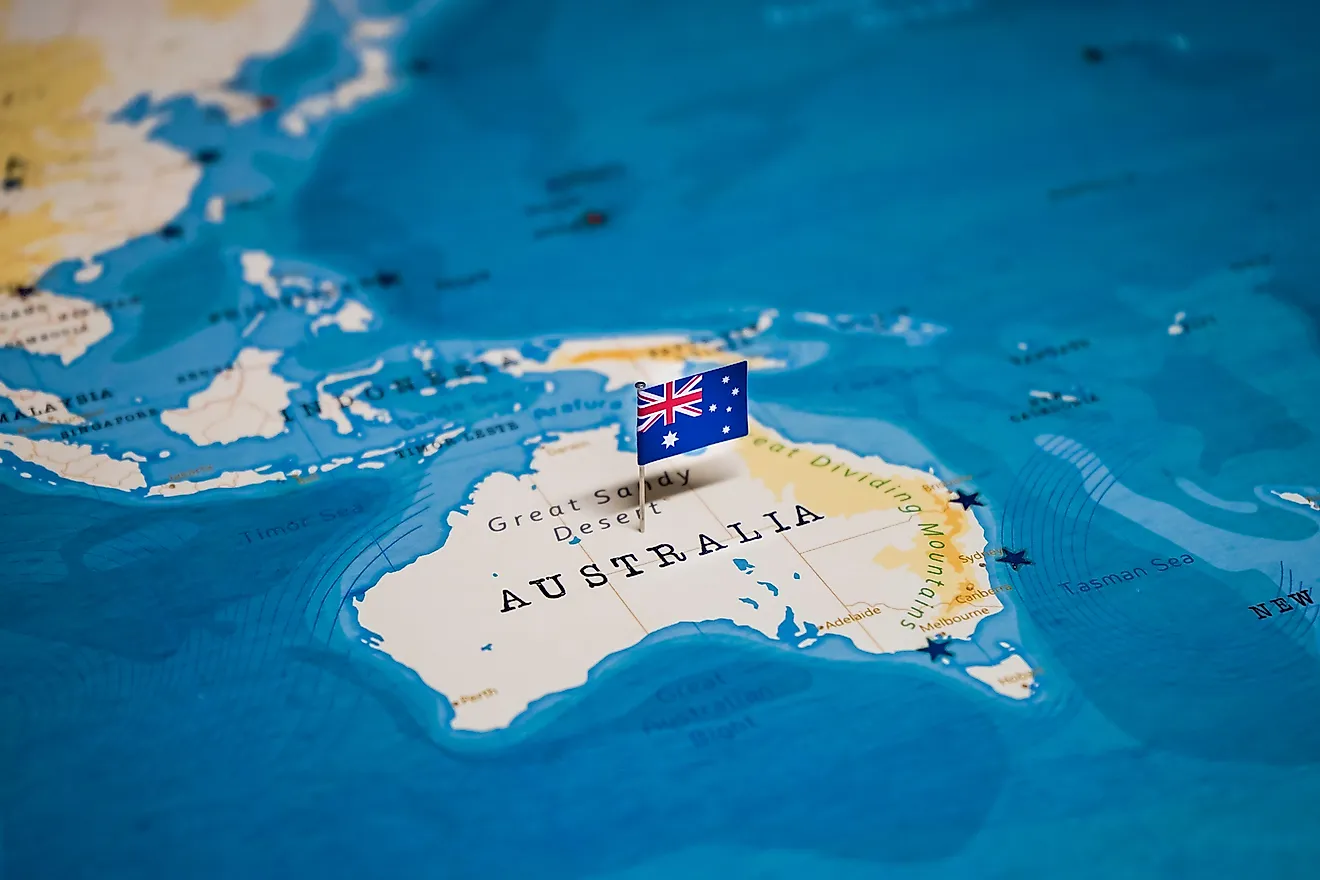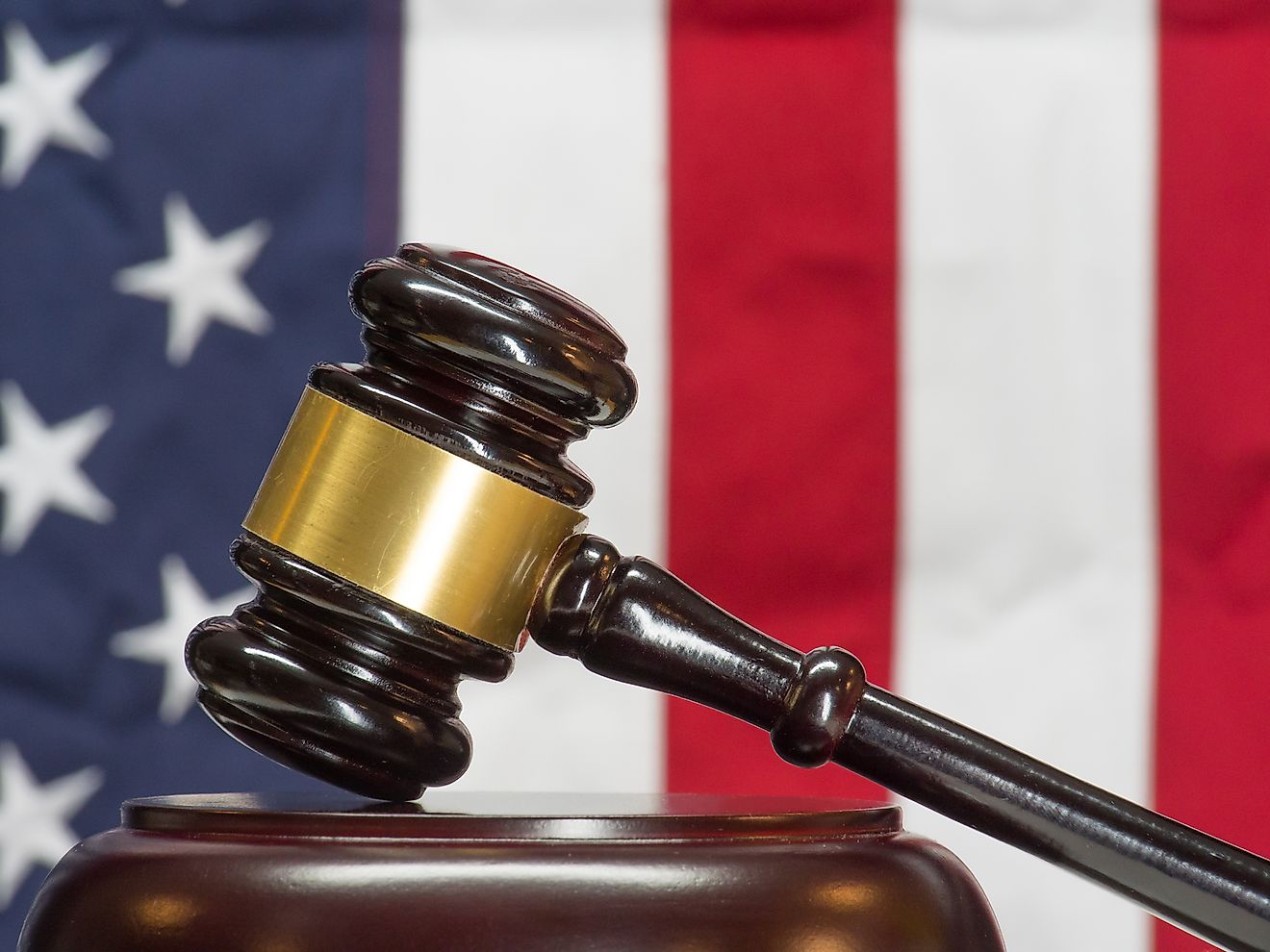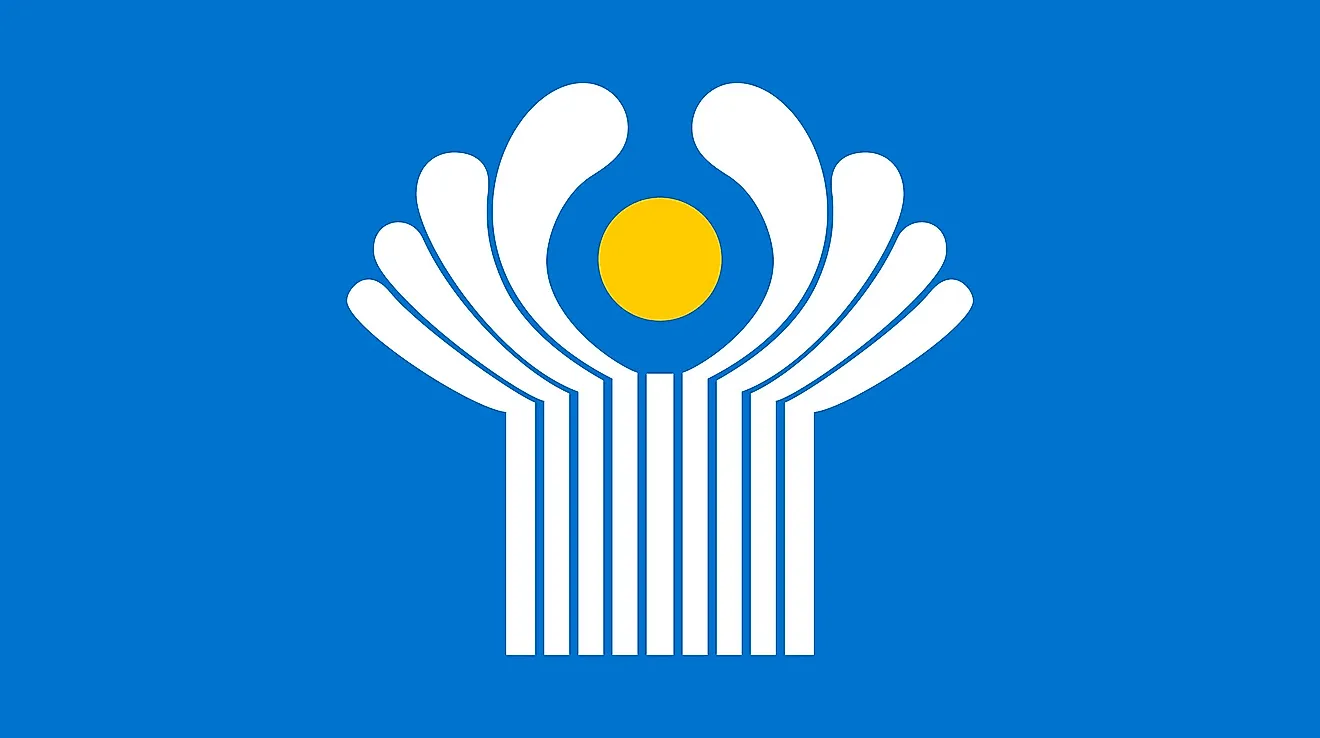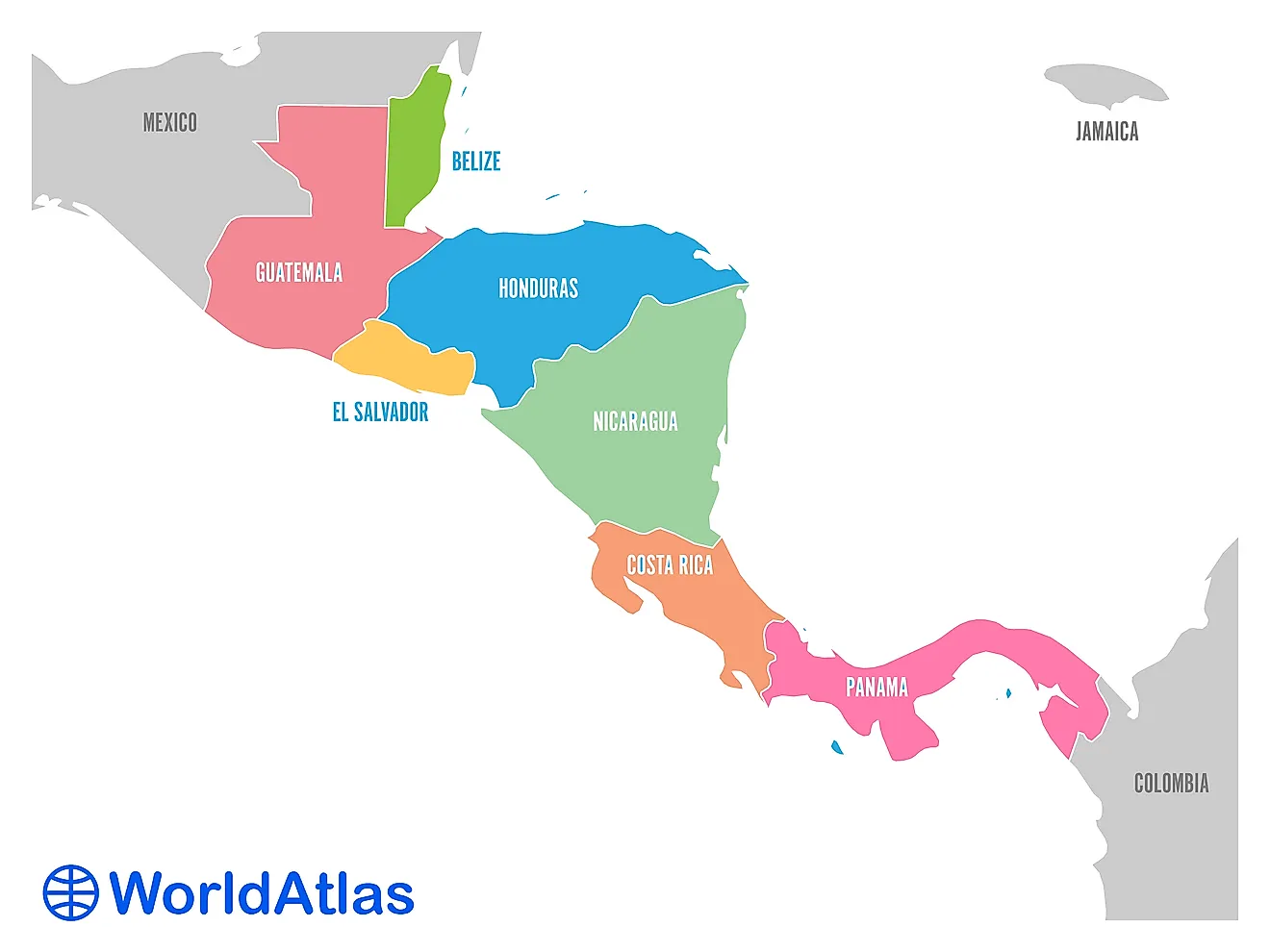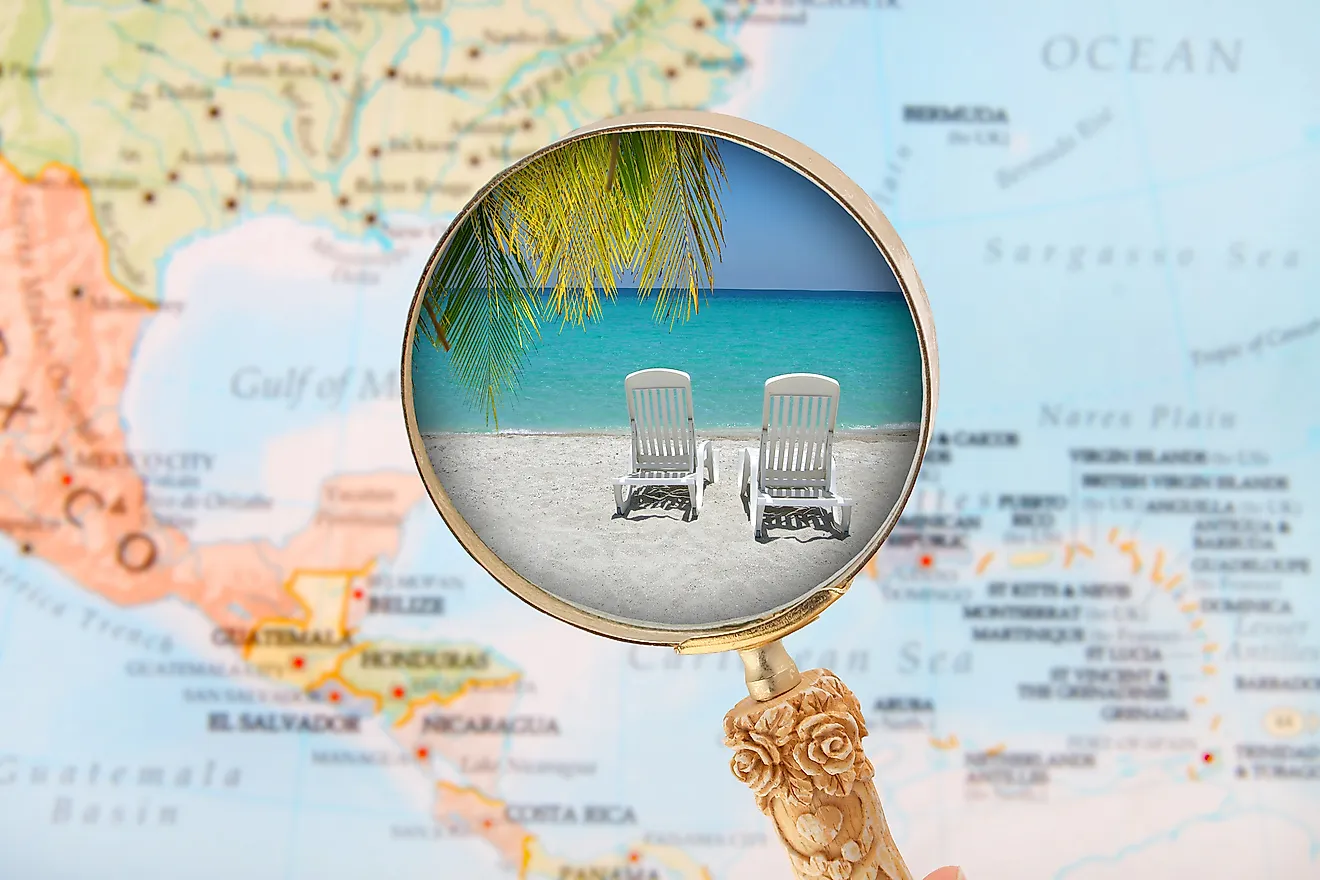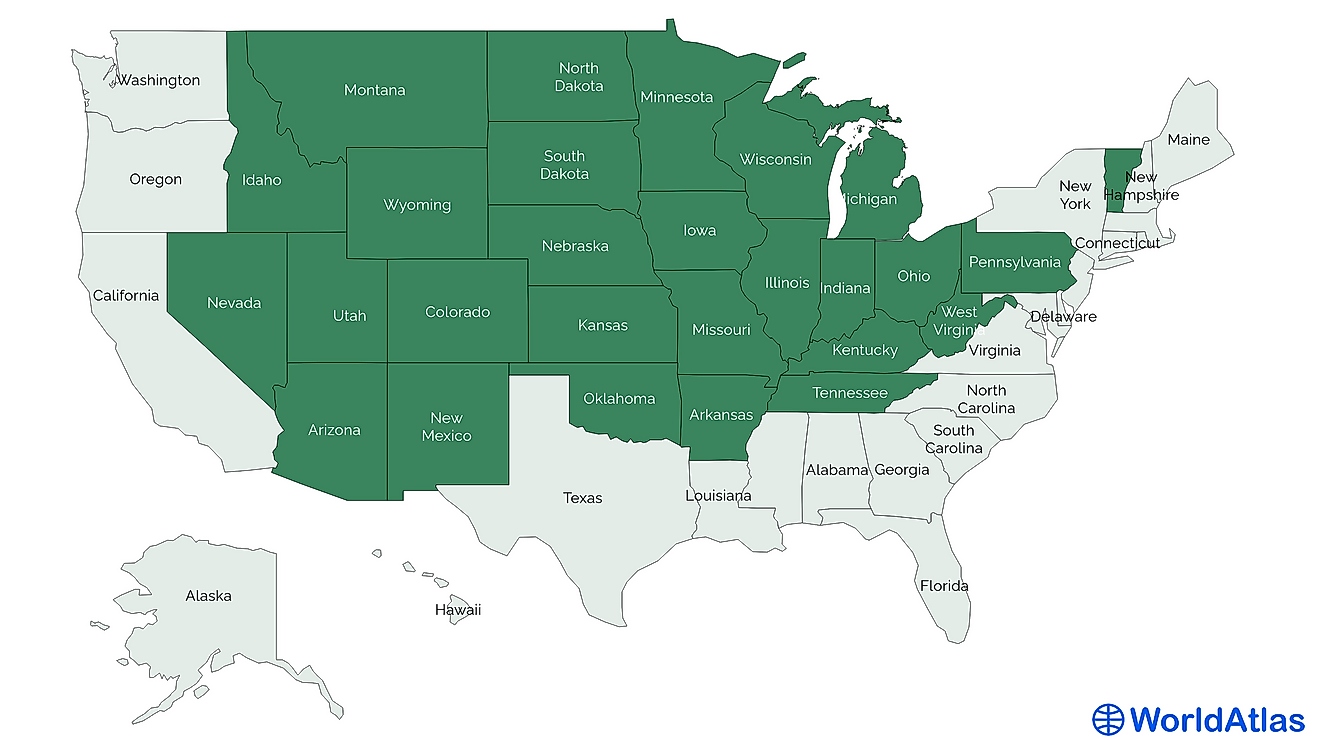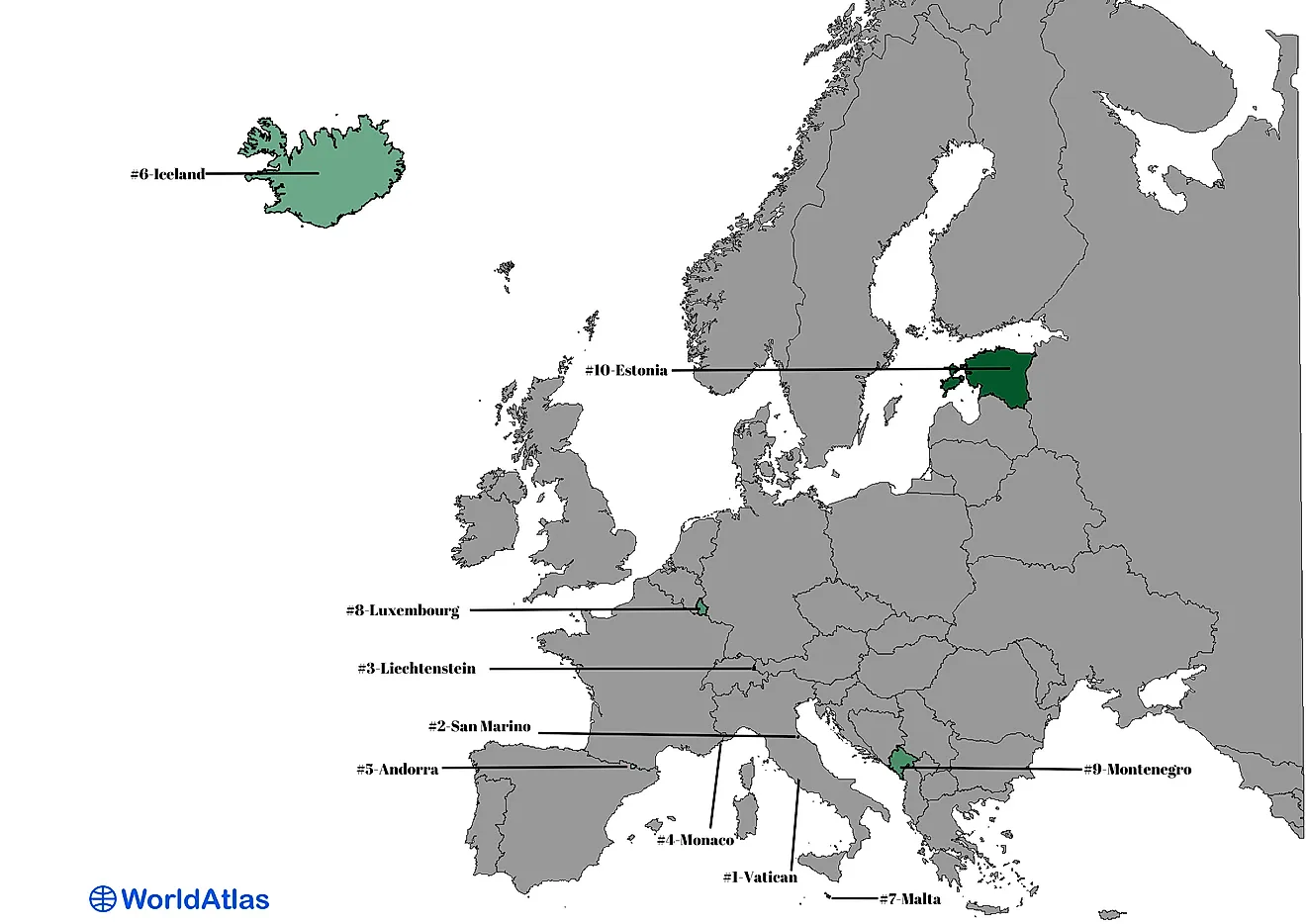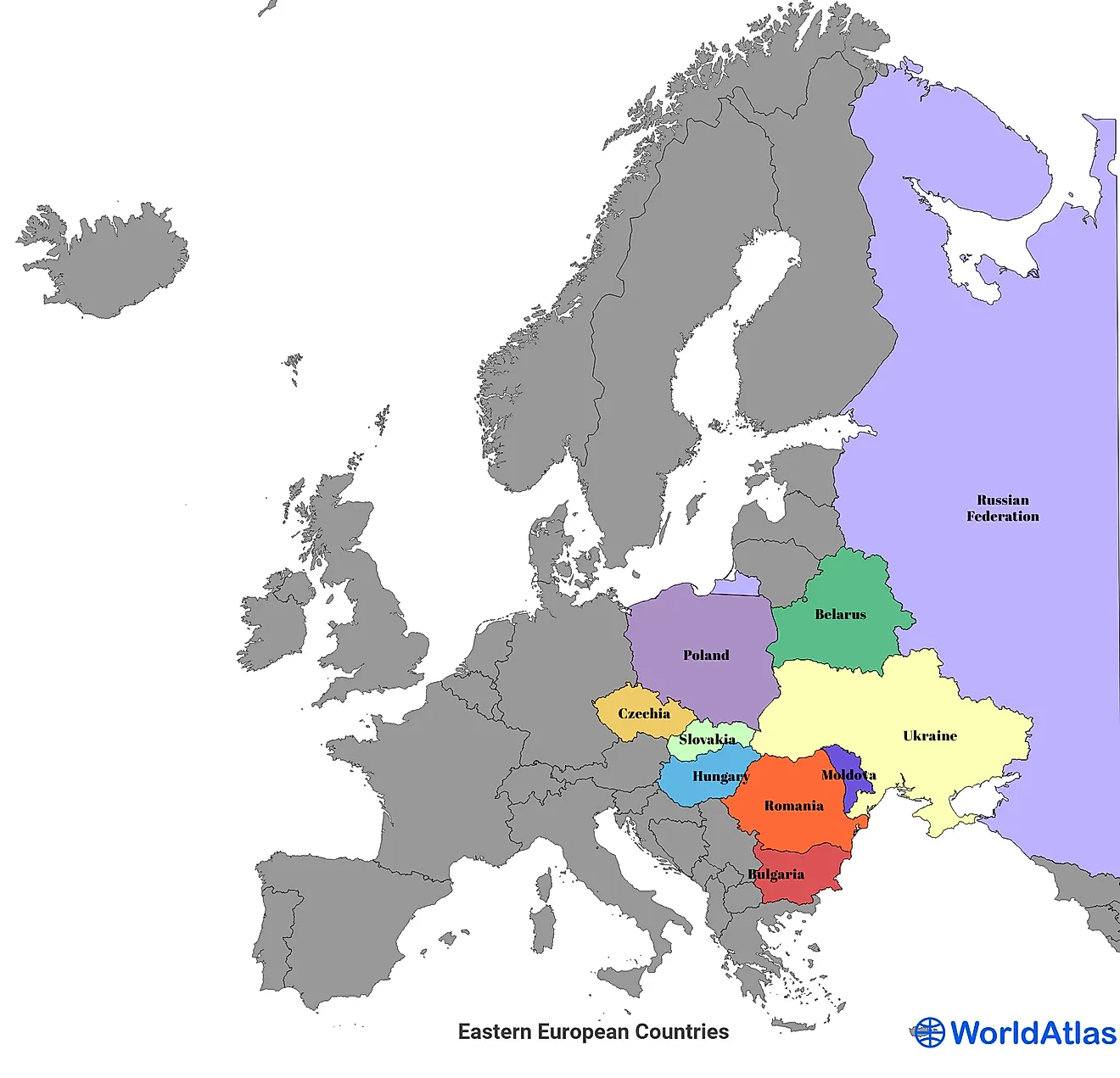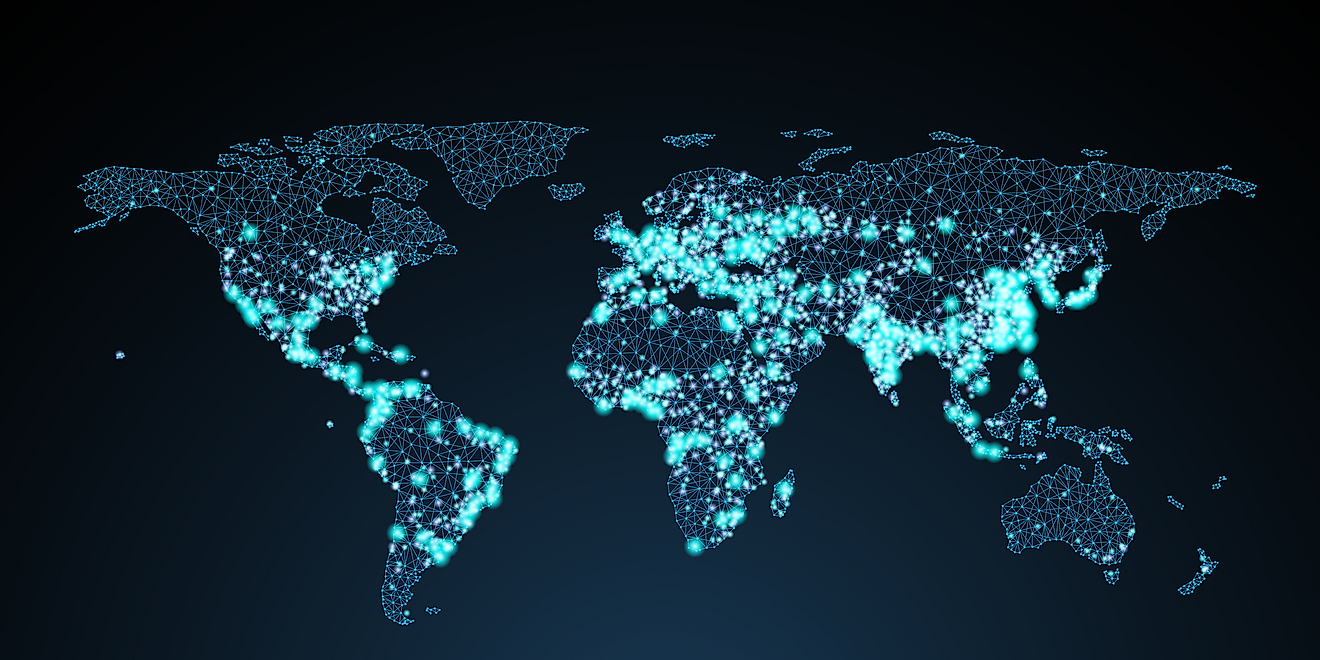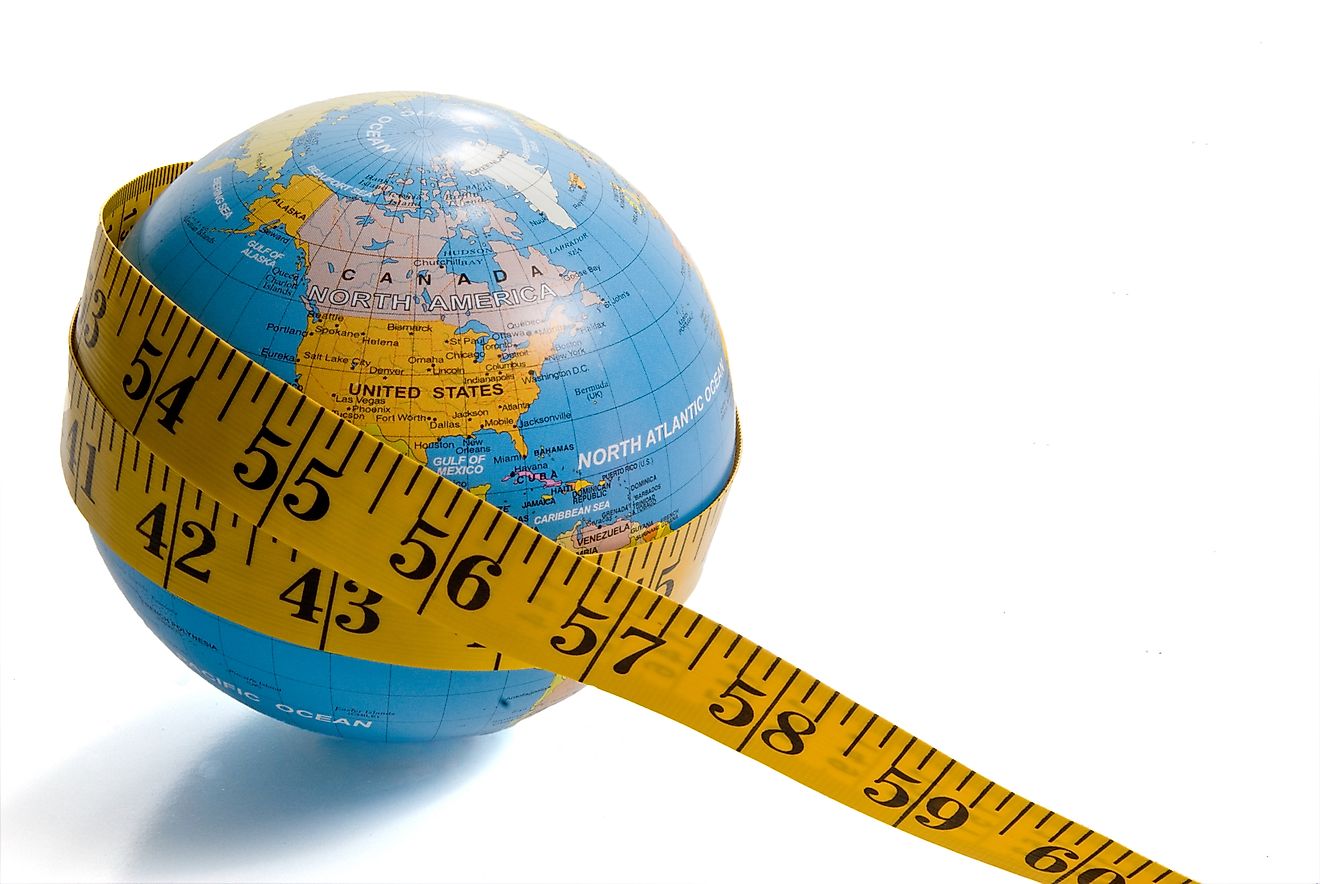The 10 Most Densely Populated Countries In The World
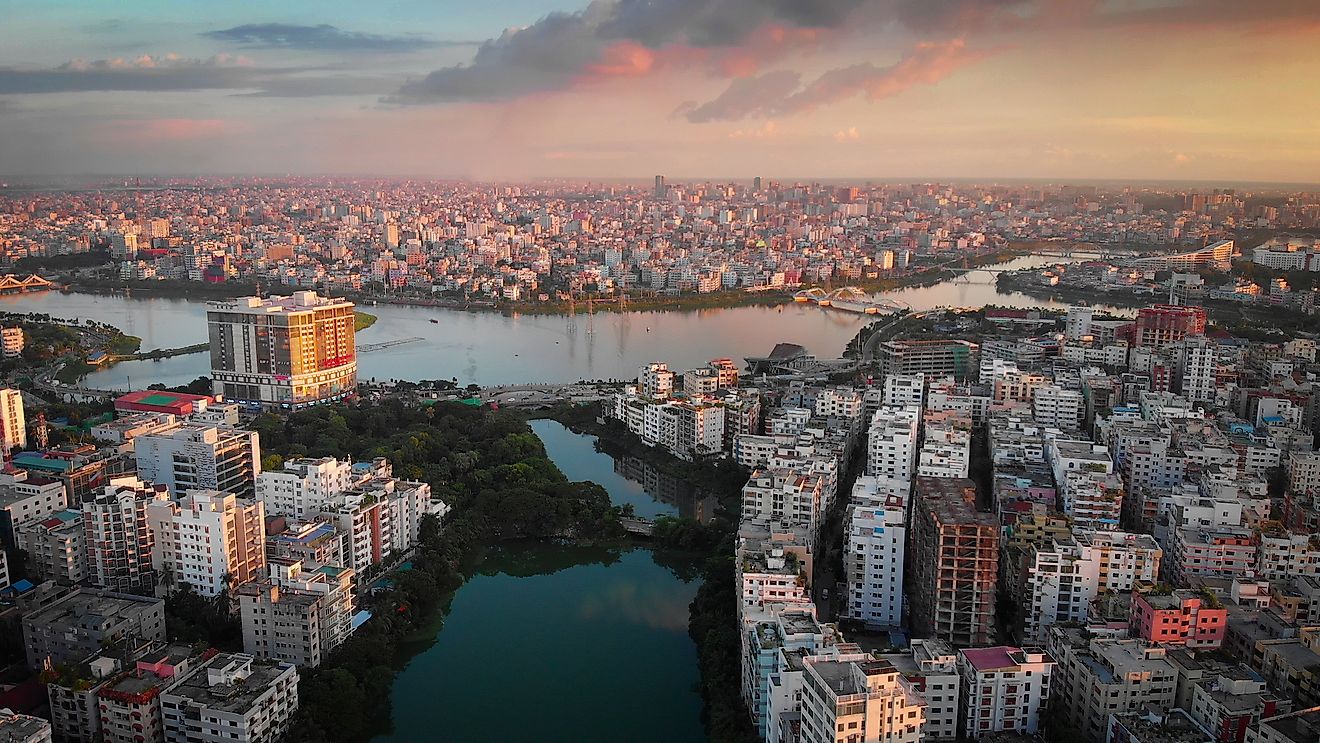
- Monaco is the most densely populated country in the world.
- All 10 of the most densely populated countries in the world are very small in size.
- Bangladesh is the most populous and largest of the 10 most densely populated countries in the world.
Ironically, some of the world’s smallest countries are also the countries with the highest population density, which is a measurement of the average number of people who live in a given area. These are countries with little to no room to build new homes and workplaces for people. Hence, people in these countries have no choice but to live in closer quarters than people who live in more spacious countries.
Here are the 10 most densely populated countries in the world:
- Monaco - 19083.37/km2
- Singapore - 7953/km2
- Bahrain - 2012.1/km2
- Maldives - 1718.99/km2
- Malta - 1514.47/km2
- Bangladesh - 1239.58/km2
- Palestine - 759/km2
- Lebanon - 669.49/km2
- Barbados - 666.61/km2
- Nauru - 635.2/km2
1. Monaco - 19083.37/km2
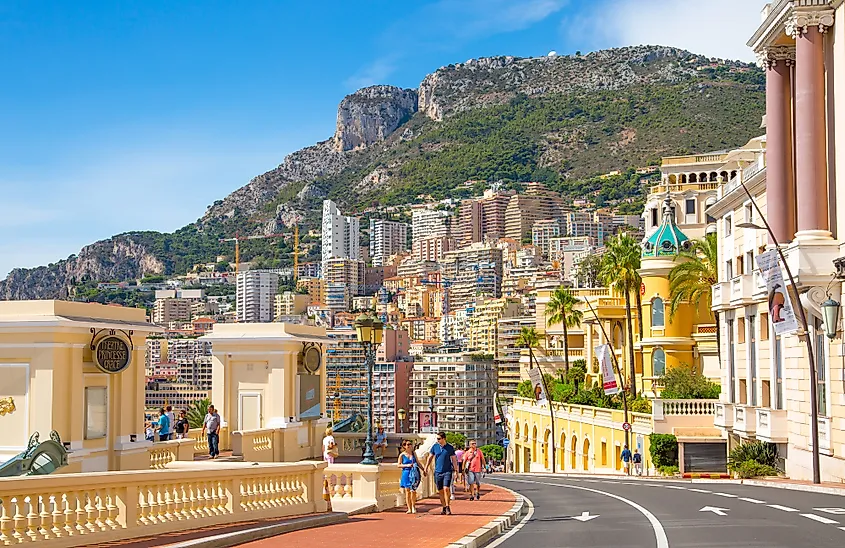
Monaco is a tiny principality in Europe, on the northern coast of the Mediterranean Sea. It is surrounded by France on its non-coastal borders. The country’s population is just 38,960, which makes it one of the world’s least populous countries. But inasmuch as Monaco has very few people, those people are tightly packed into a space of just 0.75 square miles (1.21 sq. km), which makes Monaco the second smallest country by land area. Only Vatican City is smaller. Monaco’s population density is 19,083.37 people per sq. km, making it the most densely-populated country in the world. Interestingly, the native population of Monaco, known as Monegasques, are a minority in the country as most of the state’s residents come from France and other European countries.
2. Singapore - 7953/km2
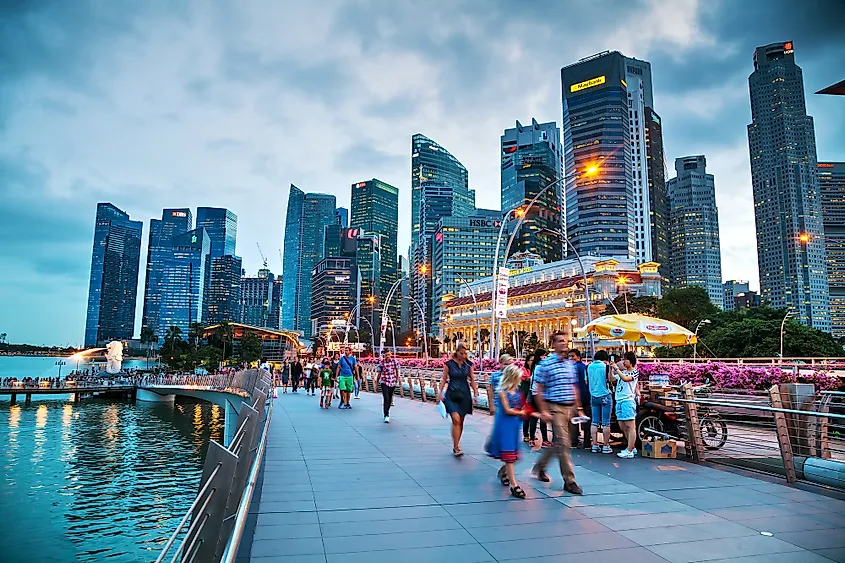
Singapore is a small city-state in Southeast Asia. Most of its territory consists of a small island off the coast of Malaysia. Whereas Singapore was once a very poor country, it is now an economic powerhouse and the largest port in Southeast Asia. Close to 5.9 million people live in Singapore. The country’s population density is 7,953 people per sq. km. Unlike other densely populated jurisdictions that struggle to provide adequate housing for their people, Singapore has been very successful in providing housing to its citizens. Nevertheless, housing in the city-state is very expensive. The average price per square foot as of 2019 was $1,214, making Singapore the second most expensive housing market after Hong Kong.
3. Bahrain - 2012.1/km2
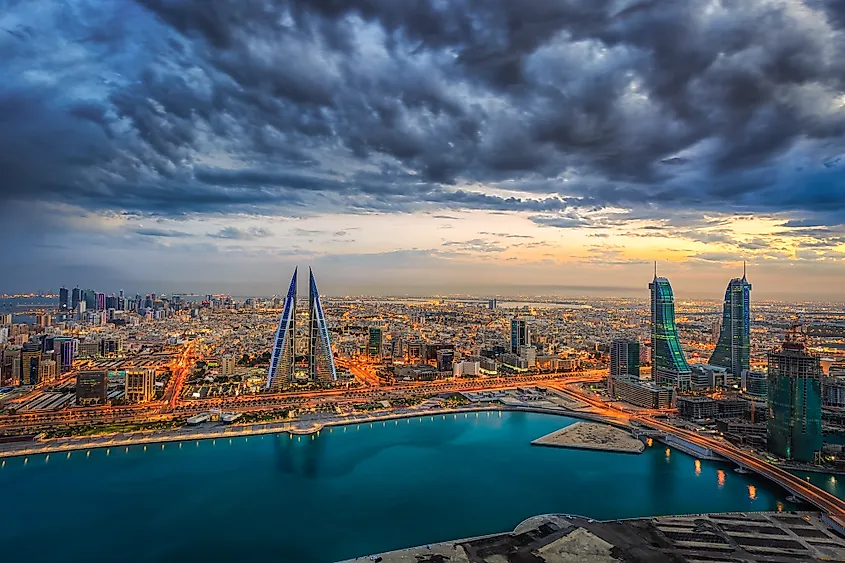
Bahrain is a small island kingdom in the Persian Gulf, off the east coast of Saudi Arabia. More than 1.7 million people live in the country, whose population density is 2012.1 people per sq. km. About 89% of Bahrain’s population is urban, and most of it is concentrated in the north. The country’s largest population center is its capital, Manama, which has a population of approximately 147 thousand. Other major cities include Al Muharraq, Ar Rifa’, and Dar Kuylab. Bahrain is a predominantly Arab state, but it also hosts a large expatriate population, mostly from South Asia.
4. Maldives - 1718.99/km2
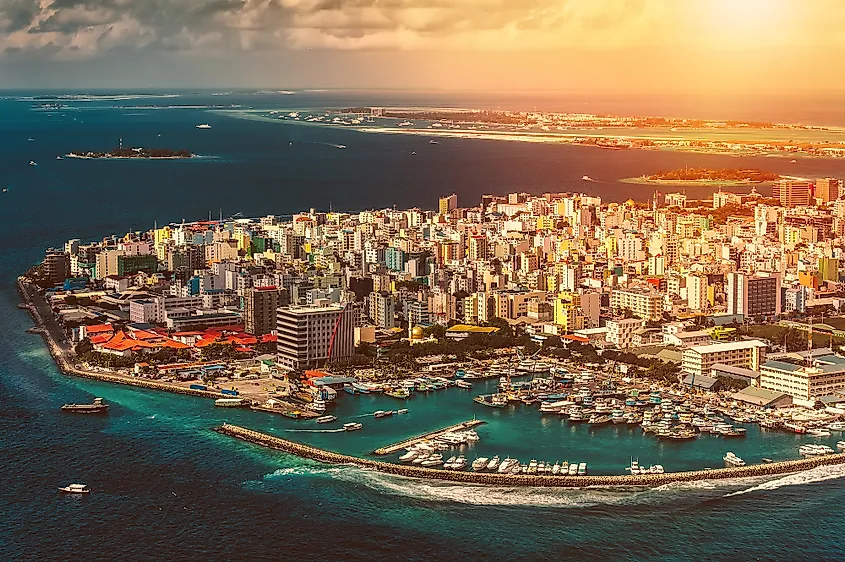
The country of the Maldives consists of 26 atolls based in the Indian Ocean, about 430 miles (700 km) from Sri Lanka. Its population is around 542 thousand, and its population density is 1,718.99 people per sq. km. The largest city in the Maldives is its capital, Male, which has more than 103 thousand residents. The already high population density of the Maldives is likely to increase further, as the tiny atolls on which the country is based are slowly being submerged due to rising sea levels blamed on climate change.
5. Malta - 1514.47/km2
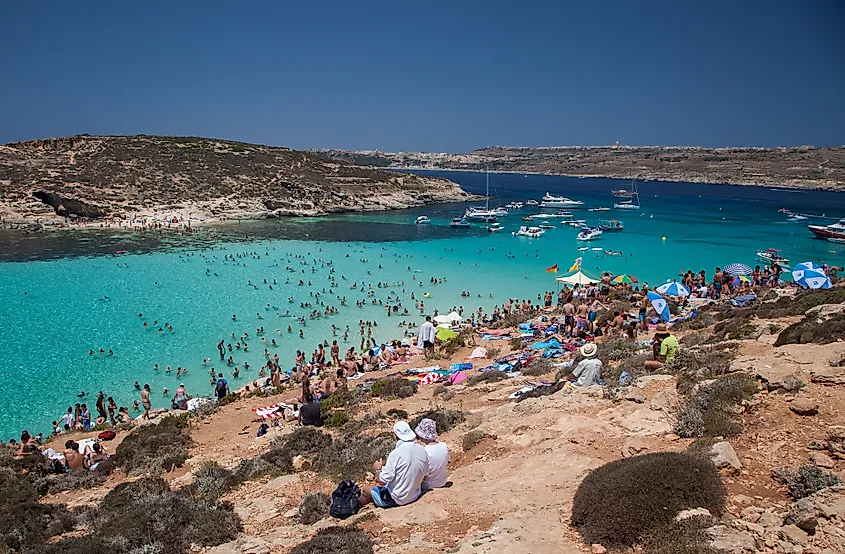
Malta is a small island country in the Mediterranean Sea, south of the Italian island of Sicily. It has a population of around 442 thousand, and its population density is 1,514.47 people per sq. km. Most of Malta’s population is situated on the main southern island, which is also called Malta, as is the country’s capital, Valletta, the smallest capital in the European Union. Malta’s largest city, Birkirkara, has just over 21 thousand residents. Malta also has one of the most homogenous populations in Europe, with 95% of its population being native Maltese.
6. Bangladesh - 1239.58/km2
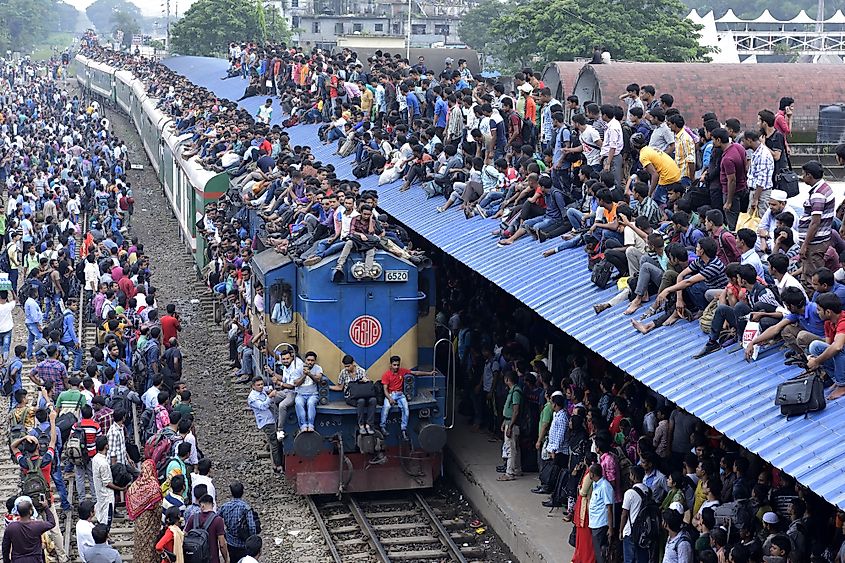
Bangladesh is a relatively small country on the Indian subcontinent. It is bordered to the south by the Bay of Bengal, to the southeast by Burma, and in all other directions by India. The country is home to nearly 166 million people. Its population density is 1239.58 people per sq. km. Bangladesh’s largest city is its capital, Dhaka, in which more than 14.4 million people live. Other major cities in Bangladesh include Chittagong in the southeast and Khulna in the southwest. Most of the population in Bangladesh is rural rather than urban.
7. Palestine - 759/km2
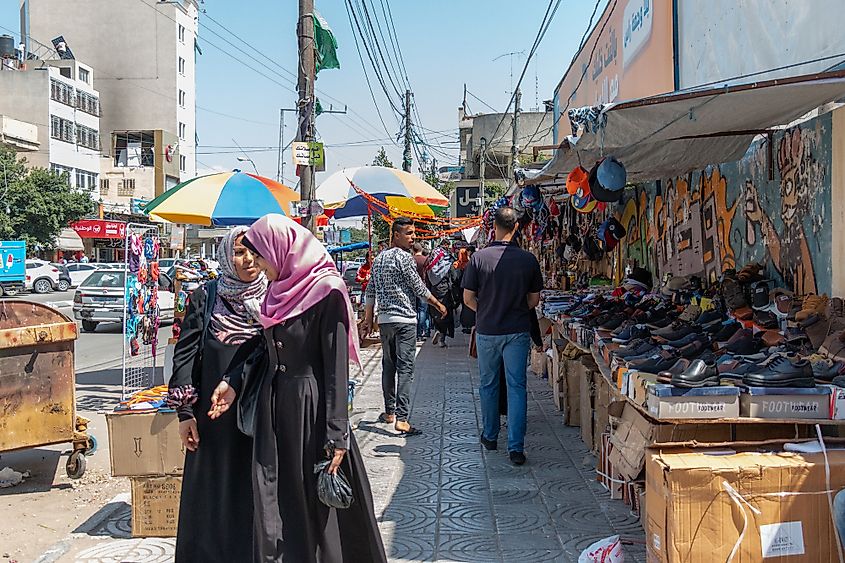
The West Bank and Gaza Strip, which the United Nations recognizes as the State of Palestine, has a population of almost 5.2 million. The population density of the two disputed territories is 759 per sq. km. However, the Gaza Strip, in which about 2 million Palestinians live, is much more densely populated. As of 2018, the population density of the Gaza Strip alone was 5,479 people per sq. km. This figure was projected to hit 6,197 per sq. km by 2020. Around 80% of the Palestinian population is urban. Large Palestinian cities include the disputed East Jerusalem, Gaza City, Hebron, and Nablus.
8. Lebanon - 669.49/km2
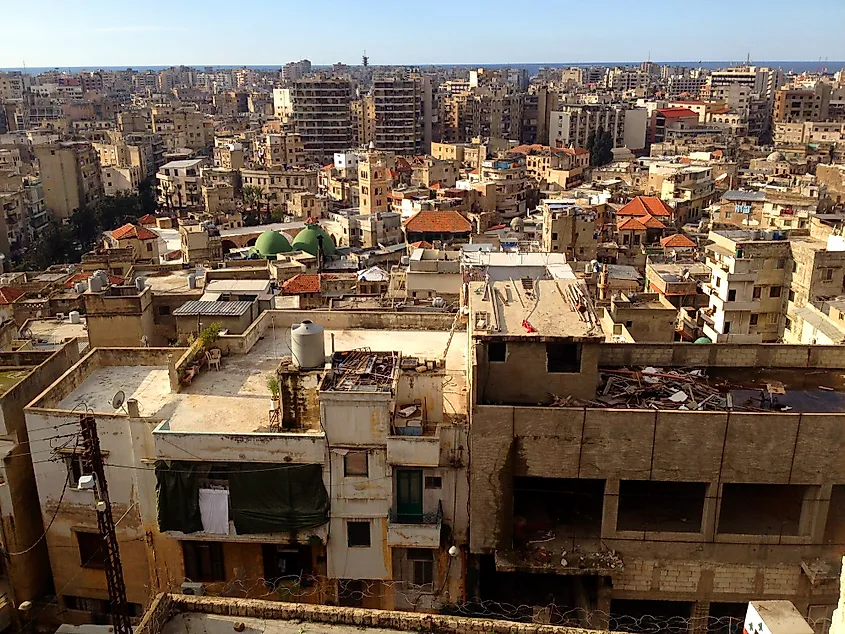
Lebanon is on the east coast of the Mediterranean Sea, and is bordered by Israel to the south, and by Syria in all other directions. The country has a population just shy of 6.8 million, and a population density of 669.49 people per sq. km. Lebanon has seen several waves of migration. Between 1975 and 2011, for example, around 1.5 million people emigrated from the country. Lebanon is also the home of some 1 million refugees, mostly Palestinian, Iraqi, and Syrian. The country’s largest city is its capital, Beirut, with more than 2.4 million residents.
9. Barbados - 666.61/km2
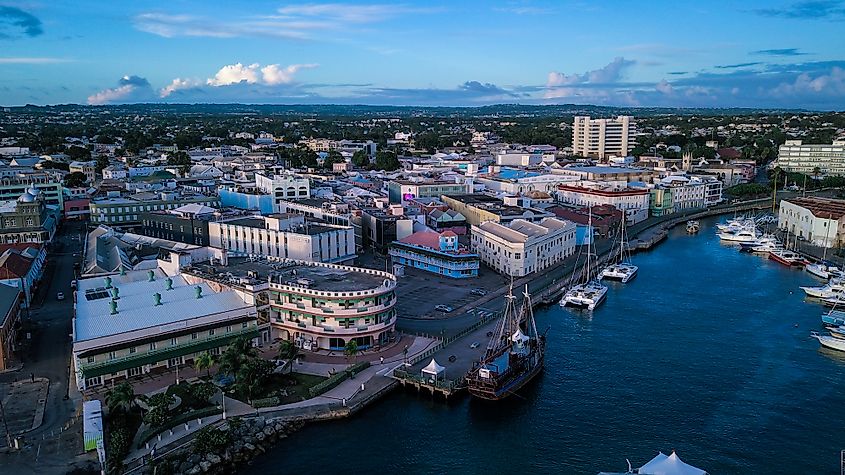
Barbados is a small island country in the eastern Caribbean Sea. The country’s population is approximately 287 thousand. Around a third of the island’s inhabitants live in the country’s capital and largest city, Bridgetown. The rest live in smaller towns and rural areas. The population density of Barbados is 666.61 people per sq. km. The island is a popular tourist destination.
10. Nauru - 635.2/km2
Nauru is a tiny island country that sits roughly on the border between the North and South Pacific Ocean, northeast of the Solomon Islands and south of the Marshall Islands. Its population is less than 11 thousand, but the country has a high population density of 635.2 people per sq. km. Nauru is the third smallest country in the world by land area. Only Monaco and Vatican City are smaller.
The 50 Most Densely Populated Countries In The World
| Rank | Country Name | Pop. Den (people per km2 of land area) |
|---|---|---|
| 1 | Monaco | 19083.37 |
| 2 | Singapore | 7953 |
| 3 | Bahrain | 2012.1 |
| 4 | Maldives | 1718.99 |
| 5 | Malta | 1514.47 |
| 6 | Bangladesh | 1239.58 |
| 7 | Palestine (West Bank and Gaza Strip) | 759 |
| 8 | Lebanon | 669.49 |
| 9 | Barbados | 666.61 |
| 10 | Nauru | 635.2 |
| 11 | Mauritius | 623.3 |
| 12 | San Marino | 563.08 |
| 13 | Korea, Rep. | 529.19 |
| 14 | Netherlands | 511.78 |
| 15 | Rwanda | 498.66 |
| 16 | India | 454.94 |
| 17 | Comoros | 447.24 |
| 18 | Burundi | 435.18 |
| 19 | Israel | 410.48 |
| 20 | Haiti | 403.6 |
| 21 | Tuvalu | 383.6 |
| 22 | Belgium | 377.38 |
| 23 | Philippines | 357.69 |
| 24 | Sri Lanka | 350.28 |
| 25 | Japan | 347.13 |
| 26 | Grenada | 327.81 |
| 27 | Marshall Islands | 324.52 |
| 28 | El Salvador | 309.88 |
| 29 | Vietnam | 308.13 |
| 30 | St. Lucia | 298.18 |
| 31 | St. Vincent and the Grenadines | 282.59 |
| 32 | Pakistan | 275.29 |
| 33 | United Kingdom | 274.71 |
| 34 | Jamaica | 270.99 |
| 35 | Trinidad and Tobago | 270.93 |
| 36 | Luxembourg | 250.19 |
| 37 | Qatar | 242.1 |
| 38 | Germany | 237.29 |
| 39 | Liechtenstein | 236.94 |
| 40 | Kuwait | 232.17 |
| 41 | Gambia, The | 225.31 |
| 42 | Dominican Republic | 219.98 |
| 43 | Sao Tome and Principe | 219.82 |
| 44 | Antigua and Barbuda | 218.83 |
| 45 | Switzerland | 215.47 |
| 46 | Nigeria | 215.06 |
| 47 | Uganda | 213.06 |
| 48 | Korea, Dem. People’s Rep. | 212.19 |
| 49 | Seychelles | 210.35 |
| 50 | Italy | 202.94 |
